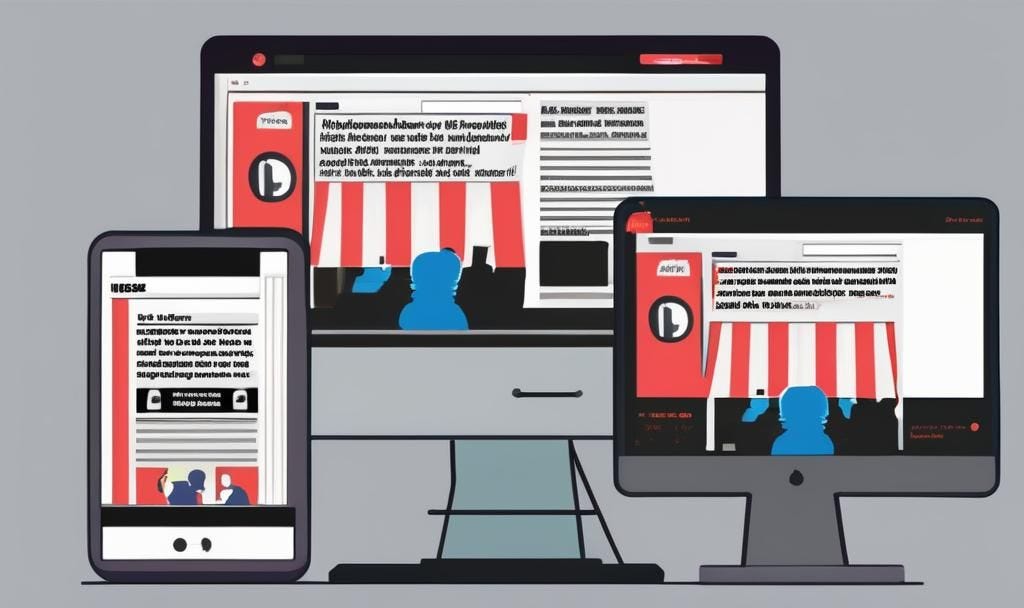The Media Format Wars
Centralising by format vs centralising by domain/audience
Something interesting is happening in media companies today - particularly those focused on information and news rather than entertainment. There's an ongoing tug-of-war between centralization and decentralization that affects both producers and consumers of content.
The core tension comes from two competing forces: technology platforms that excel at specific formats versus media companies that excel at specific domains and audiences.
Take the technology platforms first. Companies like TikTok have mastered short-form video, from recommendation algorithms to editing tools. Spotify owns the podcast experience with features like variable playback speeds and smart episode management. YouTube dominates medium-length video content. Netflix has figured out long-form streaming. These platforms don't care much about what content flows through them - they've optimized for format-specific excellence.
On the other side are traditional media companies like the Financial Times or newer digital natives like The Ken. They specialize in understanding specific domains and audiences. The FT knows exactly what financial professionals want to learn about. The Ken deeply understands India's urban tech workers. They can create great content across formats - articles, podcasts, videos - because they understand their subject matter and audience so well.
This creates an impossible choice for media companies: Should they bundle all their content into their own apps, providing a unified but mediocre experience across formats? Or should they fragment their offering across specialized platforms, losing the integrated subscription model their business depends on?
It's also a painful trade-off for consumers. Do you want the best possible experience for each format, at the cost of juggling multiple subscriptions and apps? Or do you want the convenience of a single subscription and destination, accepting that the reading, listening and viewing experience won't be as polished?
The solution likely involves decoupling content creation from distribution while maintaining unified subscriptions. Imagine if subscribing to the Financial Times automatically unlocked their premium content across YouTube, Spotify, and reading apps through some form of federated identity. The platforms would still optimize the format-specific experience, while media companies could focus on their core competency of creating great content for their audience.
This would require new business models where subscription revenue is shared between content creators and distribution platforms. But it's probably inevitable. The current situation forces an unnecessary choice between format excellence and content integration that serves neither creators nor consumers well.
We're in an awkward adolescent phase of digital media, where the technical capabilities to create content in any format have outpaced our ability to elegantly distribute and monetize it. The next phase will likely involve new infrastructure that lets the format specialists and the domain specialists each do what they do best, while keeping the experience seamless for users.
The history of technology is full of examples where artificial bundling eventually gave way to more natural separations of concerns. The same will likely happen here. The question is just how long it will take, and who will build the bridges needed to get there.


